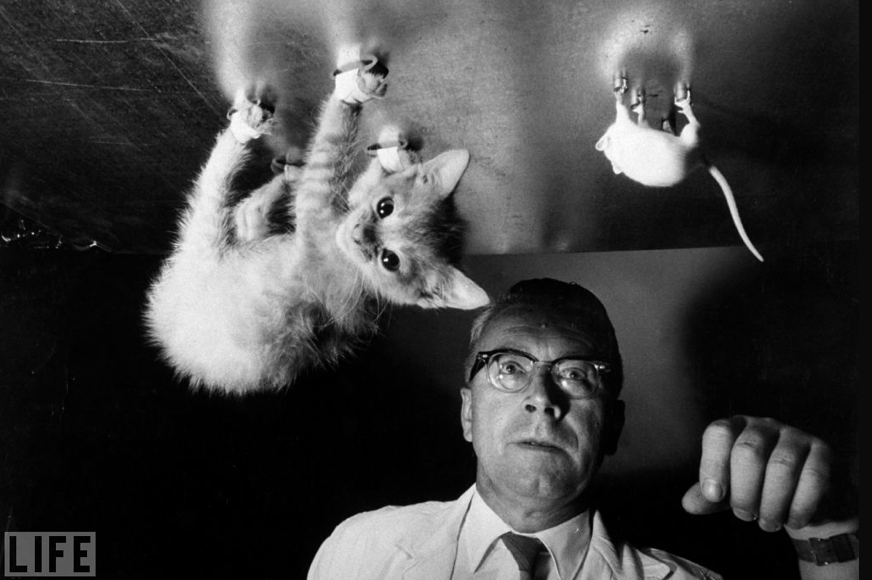Lots in the body!!
-Hemoglobin (oxygen comes from lungs and the proteins grab onto the oxygen)
-Enzymes (lactose intolerance-people usually missing an enzyme. The job of the enzyme is to degrade the lactose)
-Bacteria (attack it and get rid of it by latching onto antibodies, making antibody proteins. Slurp up those bacteria and "eat them up", basically)
-Hormones (growth, brain. These hormones help to make you taller, or bigger)
-Structure (muscles are nothing but proteins moving across each other and contract or moving them up. Ligaments are long strips of proteins and fibers. Protein is all over in the body. Hairs are remnants of protein)
-Elephant tusks, rhino horns, etc.
-Bones (lots of protein inside the bones)
Protein
* + * = dipeptide * + * + * = polypeptide
Amino acid
Proteins join with amino acids, and there are around 20 different amino acids!!! Those are:
|
1. Alanine |
6. Glutamine |
11. Leucine |
16. Threonine |
|
2. Arginine |
7. Glutamic acid |
12. Lysine |
17. Tryptophan |
|
3. Asparagine |
8. Glycine |
13. Methionine |
18. Tyrosine |
|
4. Asparatic acid |
9. Histidine |
14. Phenylalanine |
19. Valine |
|
5. Cysteine |
10. Isoleucine |
15. Serine |
20. Proline
|
Carbohydrates tend to have mostly the same building block, but proteins can have tons of different building blocks to them! There are many different arrangements of the amino acids that just simply build up different polypeptides. That's why some proteins are growth hormones, or are blobby, stringy, etc.
Proteins aren't in just one straight line of the amino acids, but are basically all over the place. The DNA and RNA will really tell the protein what it needs to do.
(General model of how proteins are made together)
* + * = * - * = * - * - * -*
1. Primary: This is the sequence of peptides.
Helix- spiral
There are places where protein forms into a helix (spirals) and other places where it looks like a sheet. The hydrogen bonds are the reason why those proteins like to curl and make helixes. That is called Secondary Structure.
2. Secondary Structure: This is all about Hydrogen bonds and the chain to polypeptides.
3. Tertiary: All about the R groups connecting and folding the polypeptide.
Each little group of elements in the protein will be attracted to the others like itself.
4. Quaternary: Polypeptides join together.
 For the functional protein, it takes four different polypeptides to join together to make a hemoglobin protein.
For the functional protein, it takes four different polypeptides to join together to make a hemoglobin protein.
No comments:
Post a Comment